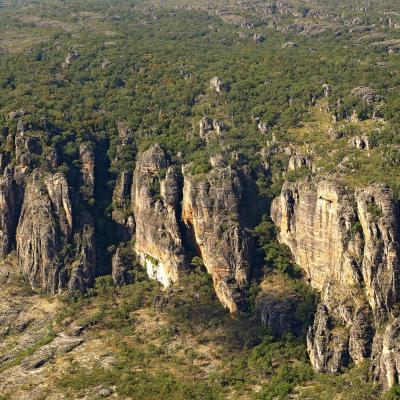
Indigenous peoples have a special connection and relationship with Australia’s natural environments and they play a significant role in biodiversity conservation in Australia. Indigenous peoples hold formally recognised land rights and interests over a large and increasing proportion of Australia’s lands and waters.
Environmental management and biodiversity conservation can provide significant opportunities for employment, for maintaining culture and for raising living standards in Indigenous communities, as well as contributing to national-level conservation goals. There are a number of examples in Australia where Indigenous people have a role in managing threatened species on their estates (Lieper et al. 2018). The wider community is prepared to pay for increased involvement of Indigenous people in biodiversity conservation (Zander & Garnett 2011) and several studies have examined the extent to which Indigenous lands can play a stronger role in nature conservation (for example Garnett et al. 2018).
This case study examined where threatened species exist on land that is formally recognised for Indigenous land rights and interests within the Darwin region. The study takes a fine scale approach to the spatial overlap between Indigenous lands and two threatened species as a first step in demonstrating the scale of the opportunity for Indigenous management for conservation outcomes.




